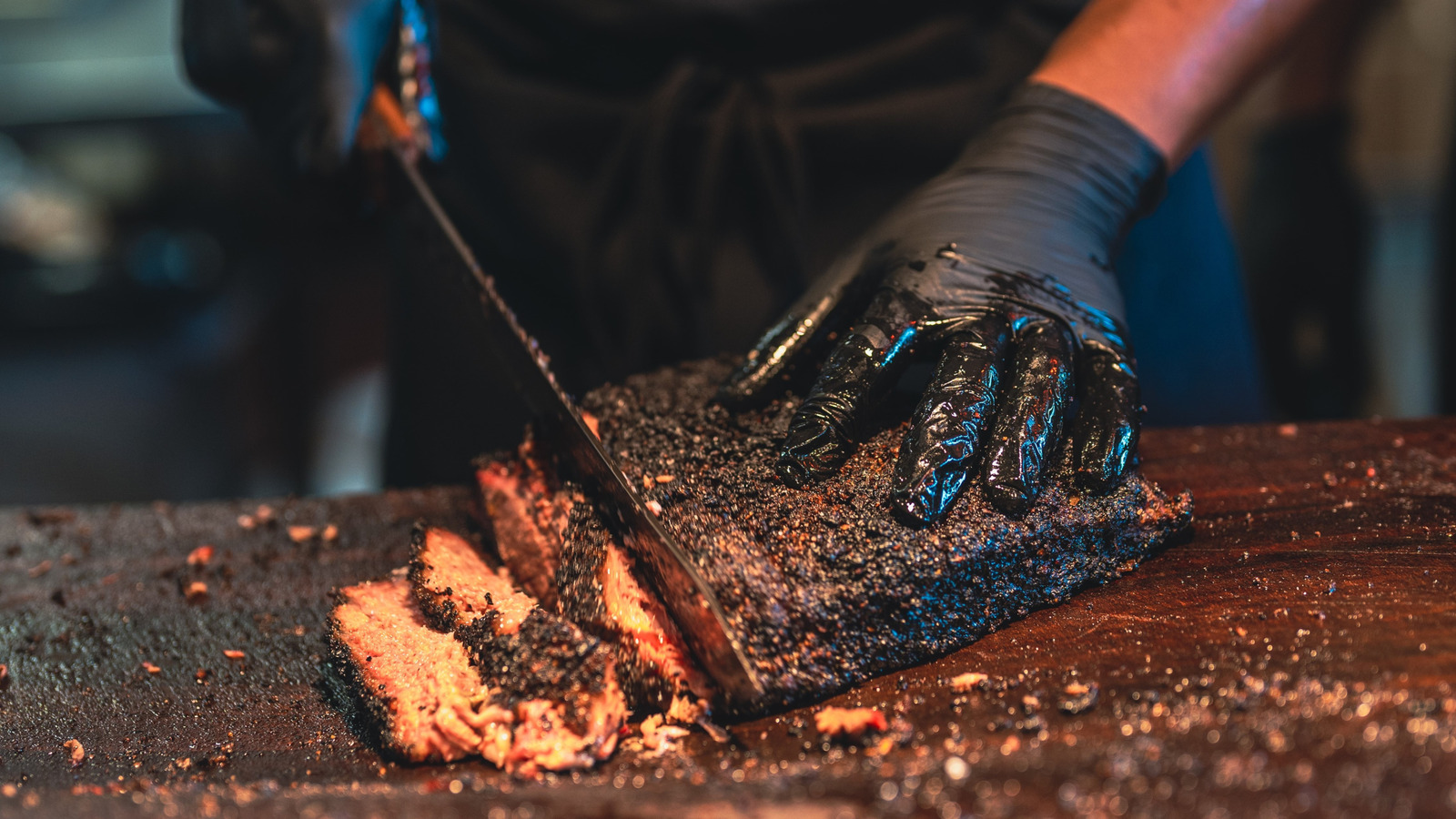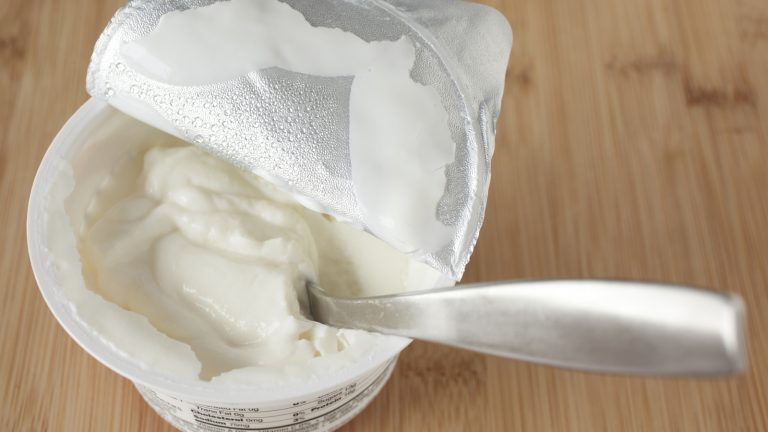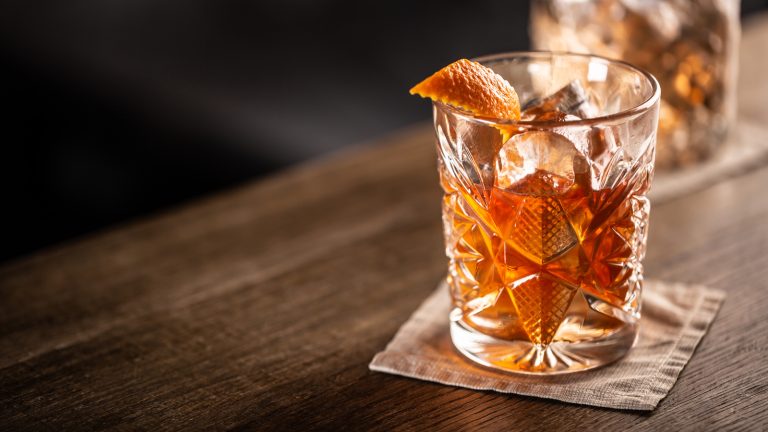Making the perfect brisket is an art form that boils down to every minute choice you make. From finding the ideal cut of meat to preparing the seasonings to the length of time that you leave the brisket in the smoker, there are plenty of mistakes you need to avoid with brisket. Every decision can either utterly ruin or greatly improve the meat, including whether or not you spritz the brisket. We spoke to Robbie Shoults, the third-generation owner of Bear Creek Smokehouse and owner of Marshall Mercantile and High Horse 1898, who recommends the best way to spritz your brisket.
“We usually start spritzing our brisket after the bark starts forming,” Shoults reveals, noting that in his experience, it’s best to continue spritzing the brisket “every hour or so after that.” This shouldn’t be too difficult, since you should be checking on the meat often anyway. When spritzing your brisket, you won’t need any fancy equipment. Shoults reveals that his restaurants use a dollar store spray bottle that works just as well as an industrial cooking tool.
In terms of what to add to that spritzer, some prefer apple cider vinegar and water, while others enjoy spices and Worcestershire sauce. Shoults has his own preference. “We love using straight apple juice,” the chef notes, “but would also encourage you to experiment to suit your own taste.” It’s also common to render beef trimmings into beef tallow for spritzing back onto the brisket, which is one of the many reasons why you should never throw away your beef brisket fat.
Spritzing your brisket is worth the extra step
While you might write off spritzing as another one of those confounded, unnecessary techniques, Shoults argues for its importance. “[It] actually helps prevent the brisket from drying out as the long, slow cooking process rocks on,” the chef explains. “It also enhances the flavor of the brisket and promotes a better bark, leading to a more tender and juicy product.”
Briskets are an incredibly popular cut of meat thanks to the smoky, juicy flavors that lock in while the meat is prepared. It can take a long time to cook thoroughly, especially depending on what method you use, but that’s the key to a good brisket and the meaning behind the common axiom “low and slow.” Since the meat can be on the heat for upwards of five to six hours (or more), spritzing the brisket can add back some of the moisture that the meat loses and dial up those juicy flavors in the charred crust.
Spritzing can also help attract more smoke to the bark while preventing it from getting too burnt. Once you’ve got the spritzing process down to a science, you can even take the point of the meat and transform it into a decadent pile of brisket burnt ends.






